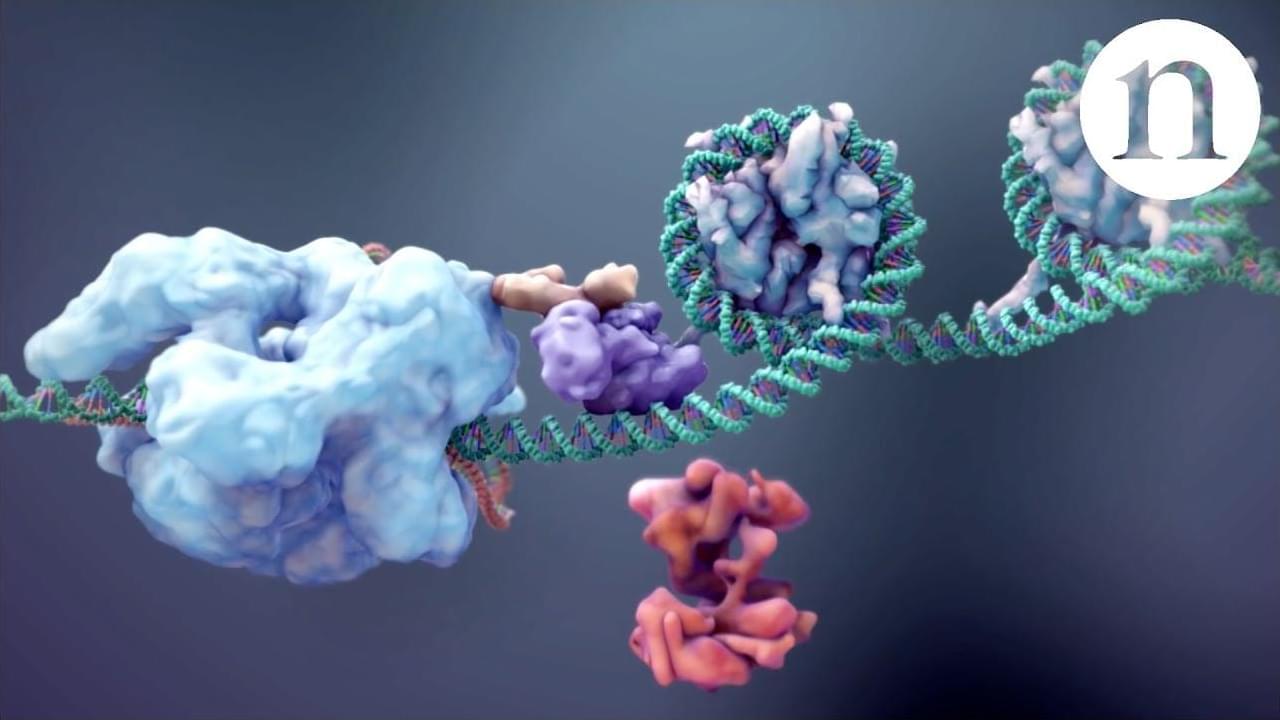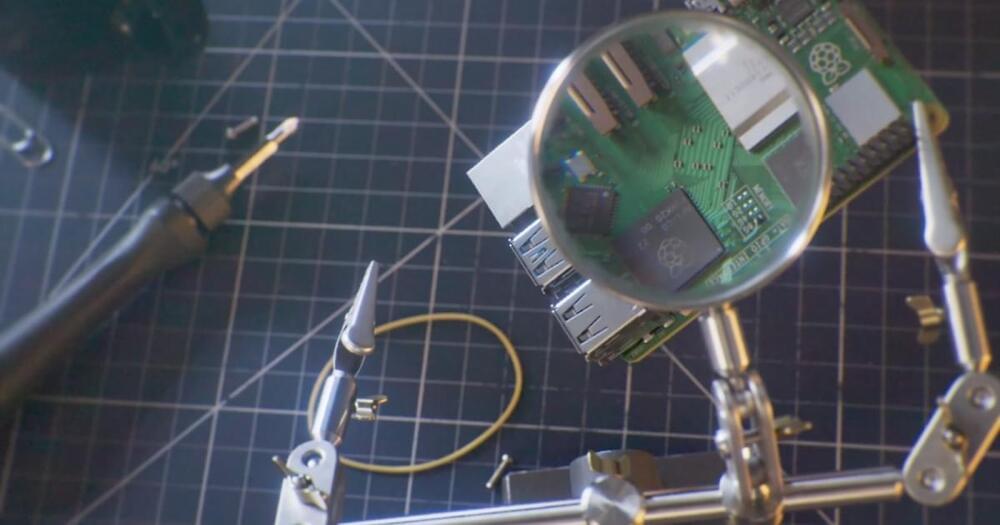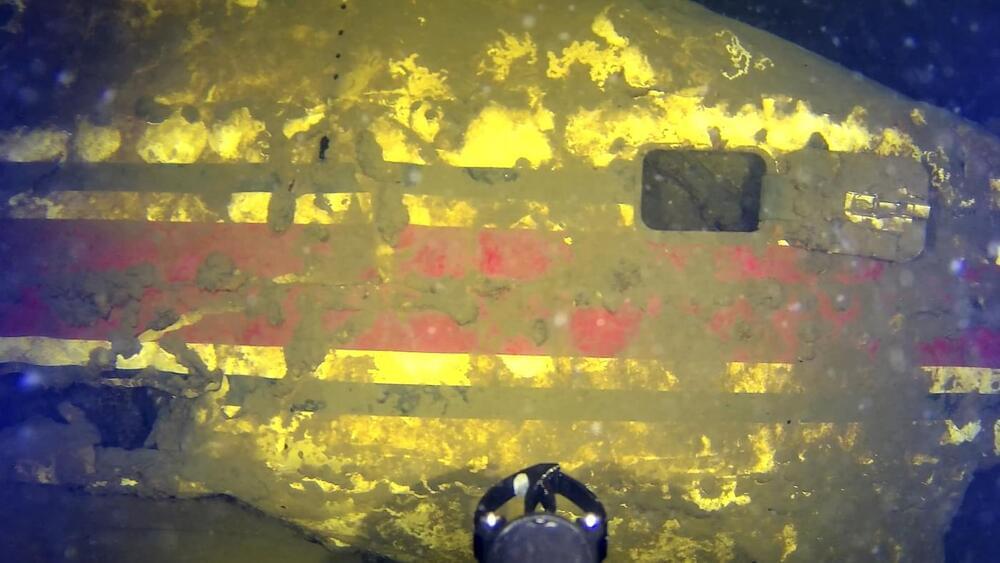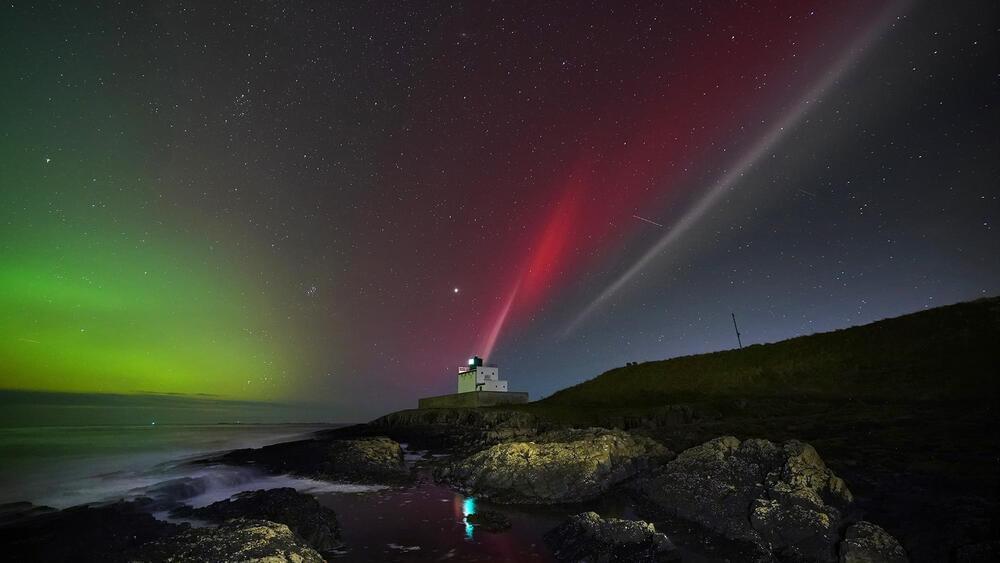The CRISPR-Cas9 system has revolutionised gene-editing, but cutting DNA isn’t all it can do. From turning gene expression on and off to fluorescently tagging particular sequences, this animation explores some of the exciting possibilities of CRISPR.
Download a poster on ‘The expanding CRISPR toolbox’ here: https://www.nature.com/posters/crispr…
Produced with support from Dharmacon: https://www.dharmacon.com.
Nature has full responsibility for all editorial content, including Nature Video content. This content is editorially independent of sponsors.









